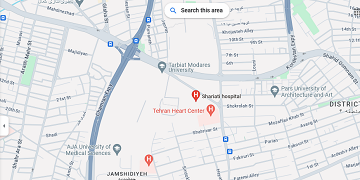Evaluation of Novel Hybrid Scaffolds Containing Dexamethasone for the Repair of Cleft Palate: A Study on Rat Models Utilizing 3D Printing Technology
Necessity of the Project Execution
Craniomaxillofacial defects generally have significant negative impacts on the quality of life and self-esteem of individuals with musculoskeletal disorders. Cleft Palate (CP) is classified under orofacial cleft disorders, which include subcategories such as Cleft Lip (CL) alone and Cleft Lip and Palate (CLP). Disruption in palatogenesis can occur during the growth, migration, or fusion of the palatal shelves, indicating that these developmental processes are under precise molecular control. While the primary and secondary palate have separate developmental origins, CL and CLP defects occur in the primary palate. In this abnormality, the palatal shelves do not fully fuse. As a result, 3 out of every 4 patients with a cleft lip or palate are affected by an alveolar cleft. The World Health Organization estimates that orofacial clefts, in any form (e.g., CL, CP, or CLP), occur in approximately 1 in 700 births. Current treatments for orofacial defects generally require early surgical intervention and facial reconstruction techniques. Presently, the cleft palate is treated using a surgical procedure called palatoplasty, which has varying degrees of therapeutic success due to the complex structure of the cleft palate. The gold standard for the reconstruction of cleft palate-alveolar is autologous bone grafting, usually harvested from the iliac crest. The aim of alveolar bone grafting is to repair the bone defect, stabilize the maxilla, close the oronasal fistula, facilitate tooth eruption, provide sufficient bone for dental orthodontics, and support osseointegrated implants.
Principal Investigator: Dr. Farnoush Mohammadi
Start Year: 2024




Send to friends